Elbit Systems have announced the successful integration of the Towed Reelable Active Passive Sonar (TRAPS) for Unmanned Surface Vessels (TRAPS-USV) onboard the Company’s Seagull USV.
The sea trials included multiple deployment and recovery cycles, towing at different speeds and transmission at various power levels.
“Integration of the TRAPS-USV enables the Seagull USV to perform Anti-Submarine Warfare operations on-the-move, substantially extending its operative range and further enhancing its flexibility. The integration of the TRAPS-USV follows the recent conversion for operation, by the Israeli Navy, of Helicopter Long-Range Active Sonar (HELRAS) dipping sonar onboard the Seagull USV. TRAPS-USV is the compact and powerful low frequency towed sonar that was recently introduced by Geospectrum, the Company’s Canadian wholly owned subsidiary.”
Watch the video of the TRAPS-USV on the Seagull USV in sea trails
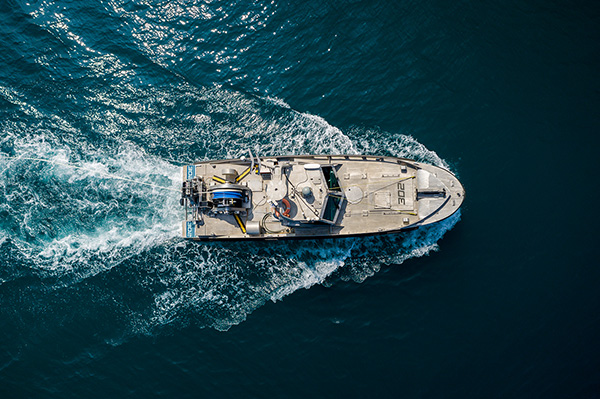
The TRAPS-USV version is a compact variant of the TRAPS, a technology that is intended for detection, classification, localisation, and tracking of submarines in ASW operations. TRAPS versions are containerised or permanent-fit for any size, diverse purpose vessel, say Elbit.
“The Seagull autonomous multi-mission USV features a plug and play, modular mission payload suites and can perform, in addition to ASW, Mine Countermeasure missions (MCM), Electronic Warfare (EW), Maritime Security (MS), underwater surveys and other missions using the same vessel, mission control system and data links.”



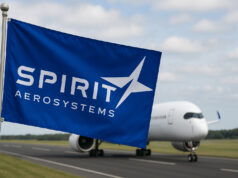

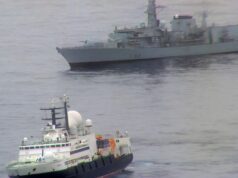
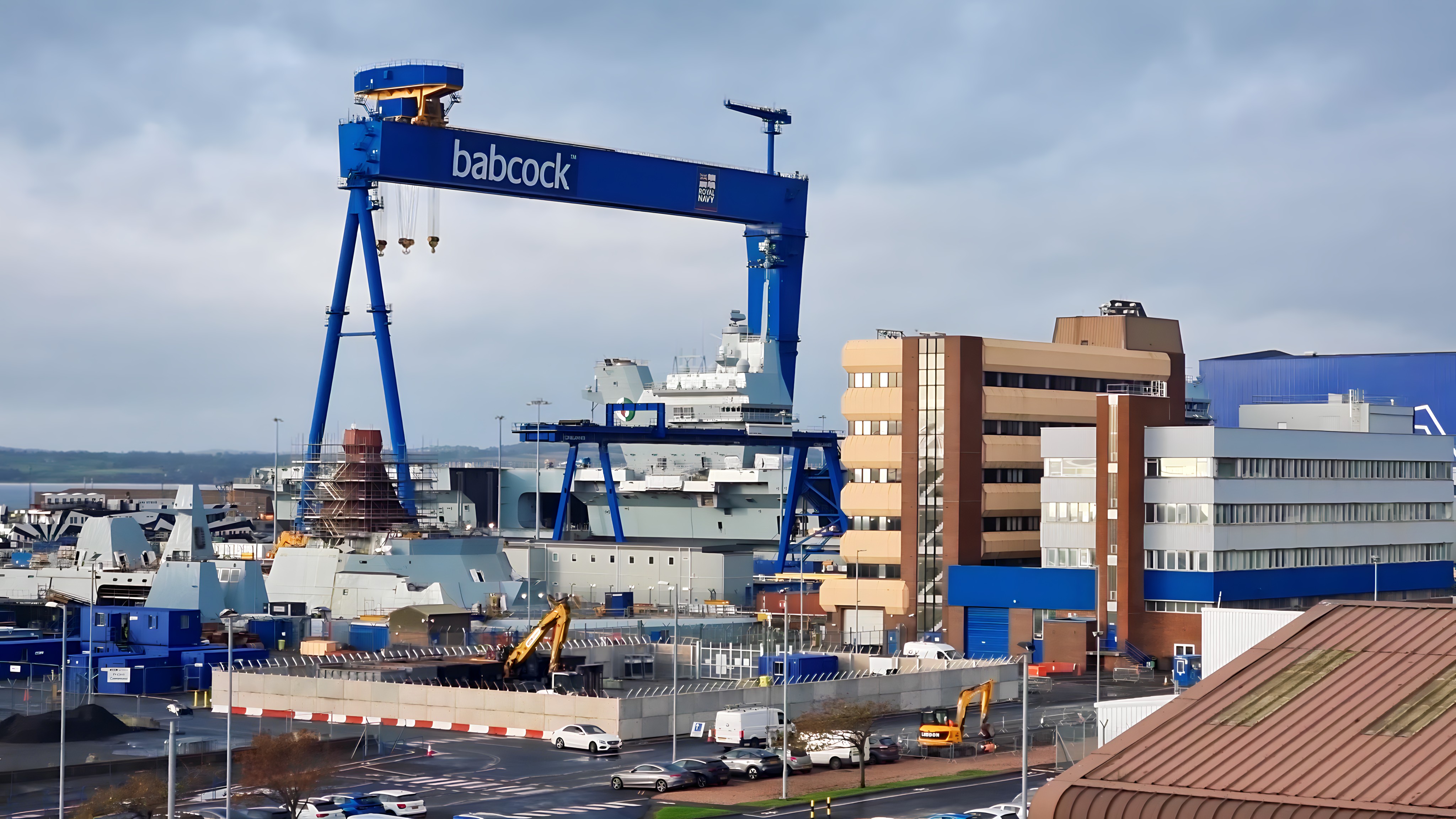



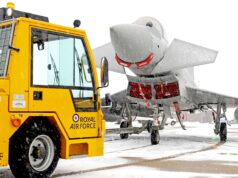
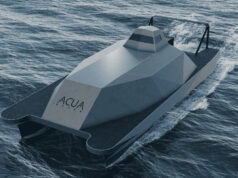

Afternoon all
Anyone know if that USV is small enough to fit in either the T31 or T26 mission bays? Might be a useful addition to extend the search radius of the submarine hunters. And to also give the T31 something in the way of detecting submarines.
M@
Ok so the T26 can potentially house up to 4 x 12m boats in the mission bay. That USV above is 12m in length so certainly an option for the future.
On the T31 I can’t find much on the boat bays
M@
Matt, I found a quote from a Babcock executive who said that “The four boat bays…are big enough to take the largest, 9.5 metres RIB used by the Royal Navy today, in all four positions.” So I would guess they won’t be large enough for this USV.
(Quote comes from this article: https://www.edrmagazine.eu/babcocks-arrowhead-hits-the-target-for-type-31-frigate)
Ah good find Dan. A little disappointing they didn’t have 1 slightly larger bay/door. Still though, I’m sure there will be some more options by the time the vessels are in service.
M@
i dont see this sonar of being much use in blue water. It simply is not long enough or big enough. Its probably fine for working in shallower littorals but little else.
The depth that a towed array works at is a function of its buoyancy, the weight/length of the towing cable and the speed of the towing vessel. So the shorter the tow and the higher the speed , the shallower the tow. A longer tow at slower speed sinks deeper. By doing this you can move the array above or below any thermoclines.
The small diameter and relatively short array is not going to have a lot of modules ( The hydrophones) to detect active or passive returns so its receiving bandwidth and accuracy will be poor.
Next is the data link. The information from the boat is going to have to be sent to a mothership for processing. Towed array signal processing equipment takes a lot of computing power and a lot of floor space so i cannot see how doing it on the boat is viable.
The data link pipe/bandwidth will need to be big due to the amount of info and if you are using this boat beyond the visual horizon it will need to be a sat link. The pictures above look like they have a line of sight data link only.
It could be used as the transmitter in a bistatic or multistatic configuration. Then the processing is done in the receiving ships. But it would still need to put a lot of power into the array, and it would have to send enough passive data to the mothership to do marine life checks before it was allowed to transmit.
Power, endurance, sea keeping, and so on.
What always amuses me is that many on these sites don’t seem understand that small sensors are limited. If small sensors fitted to helicopters, planes, etc are (potentially) that effective that that is all that is needed for ASW battle then the hull sonars and TAS fitted to ships and submarines would render the seas transparent and basically rendering the submarine obsolete. But criticise small unmanned vehicles and you are met with derision. That’s before we start shoving these things into ‘mission bays’ of frigates and have escorts doing tasks escorts shouldn’t be doing such as MCM.
A River batch 2 could deploy 2 of them, getting some ASW capability.
You wouldn’t really need power, most towed arrays are passive sonar picking up returns from the ships primary active sonar if any. Rather than active detection the UAV would be more useful in the role of mobile sonobuoy or acting as another set of ears to triangulate a signal with the mothership. If the data could be merged with the ships own you could perform Aperture Synthesis to create a much larger effective detector.
You need power to mover the platform. You need power to operate pumps. You need power to operate winches
Further I wasn’t just talking about passive sensors (which still need power) but active ones too.
If sensors capable of being a real threat to a submarine could be bolted on to a pleasure boat then the sensors carried by destroyers and submarines would as I said render the seas transparent.